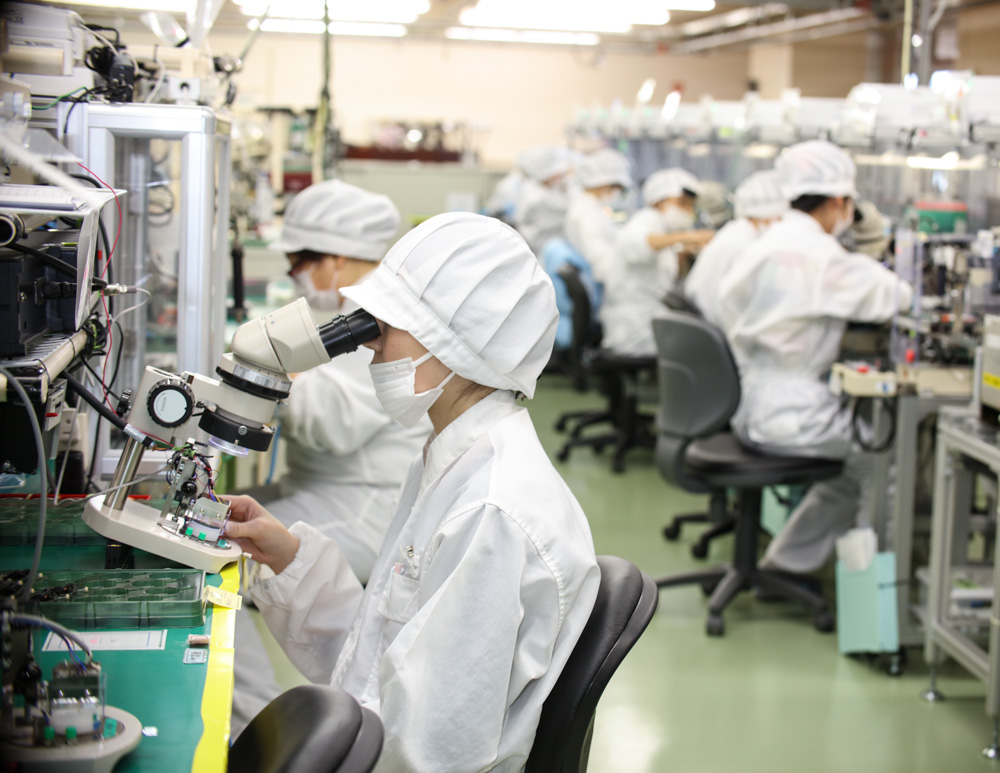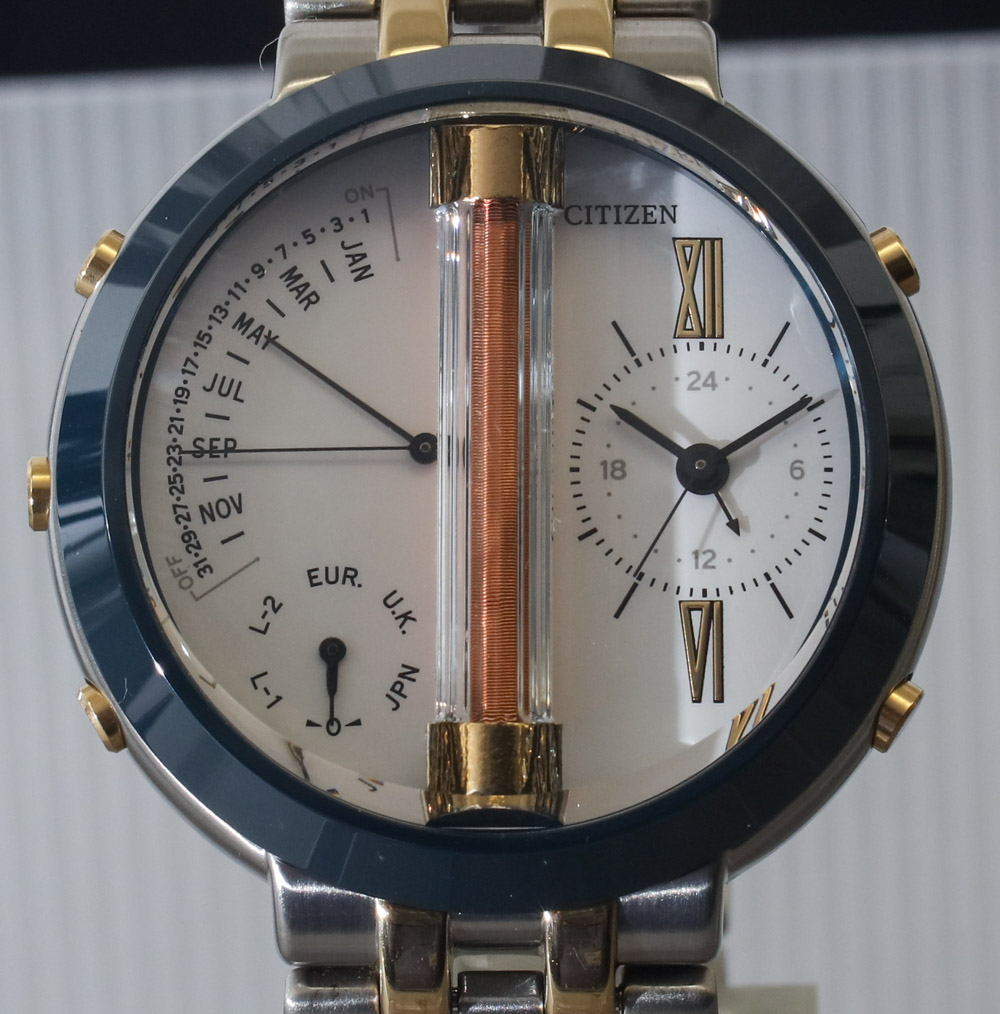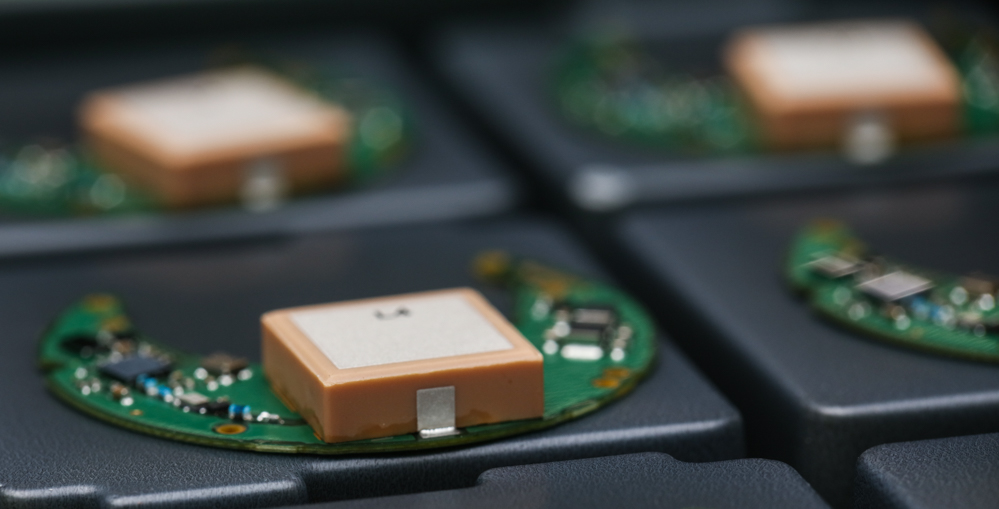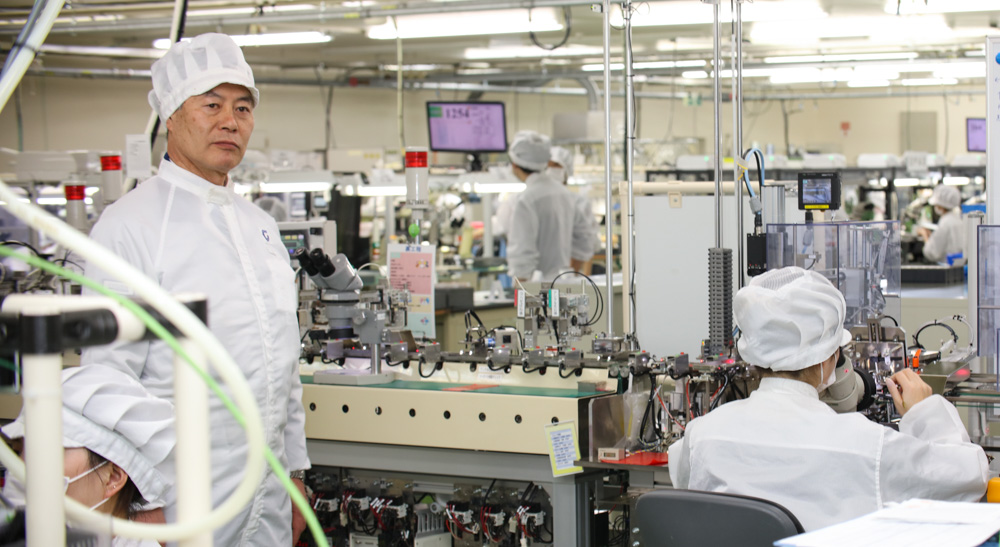
It is hard to find too many things to dislike about Japan. What’s not to like about a consumer-focused culture whose aim seems to be packing as much cool stuff as possible into small spaces while also making sure everything is as efficient and comfortable as possible? If some of those qualities seem to imply contradictory values, then welcome to the struggle that is understanding Japanese culture, as well as the internal struggle Japan has when it comes to always needing to innovate. The Swiss like to talk big about innovation for a culture whose primary aim is maintenance. If anything, Swiss innovation is about adapting to the times while remaining as culturally static as possible. Japan doesn’t seem to have a target when it comes to innovation. That road is long and winding, and probably goes on forever.

A view from one of the Citizen manufacture locations in Tokyo, Japan, with Mount Fuji in the distance.
At least, that’s been how things have seemed to me for as long as I’ve been able to appreciate Japanese stuff, beginning from the time I was a young child. It is a culture obsessed with maintaining comfort while adapting to the human condition in an increasingly populated and complex world. If that isn’t a recipe for innovation, I don’t know what is. Japan’s worst enemy is probably their isolationist viewpoint when it comes to the exportation of their culture. I seriously think more people would buy Japanese stuff if they understood why Japan made half of the stuff it did. In America, a favorite topic among those who have visited Japan is all the weird things we see there that we don’t understand or wish we had back at home – tasty snacks, cute toys, and electronic toilets being among them.
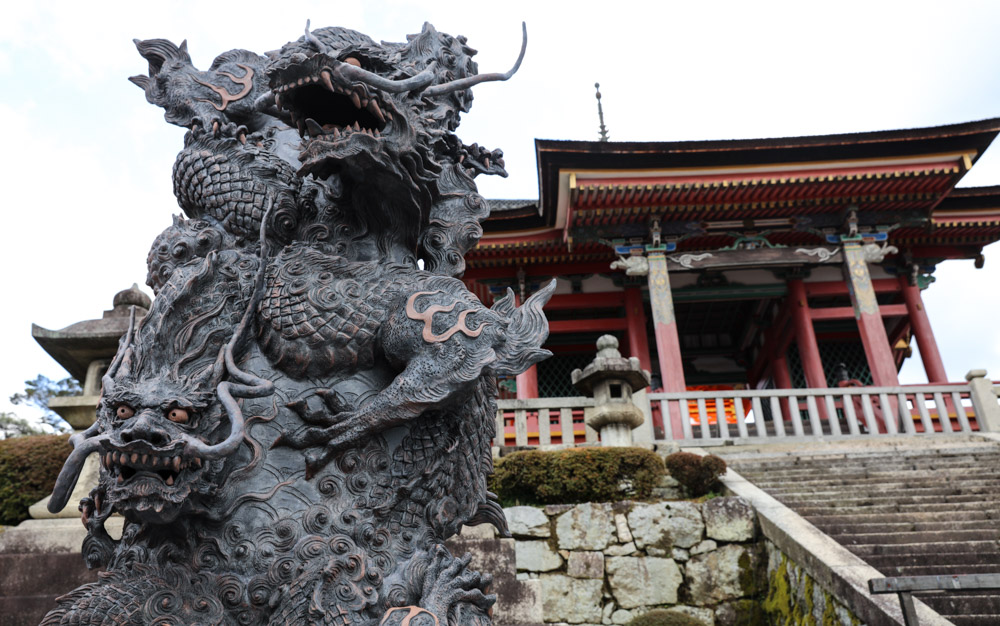
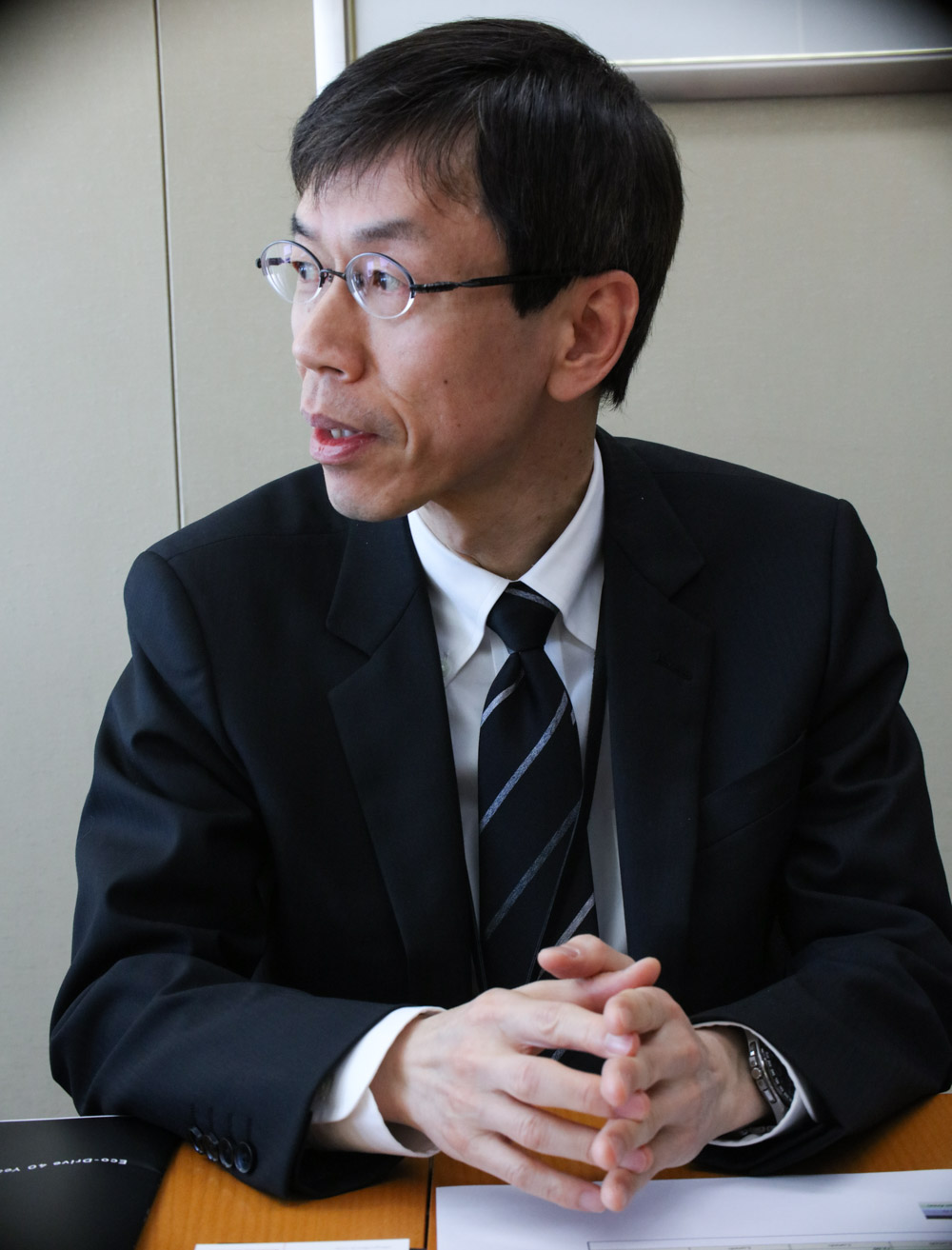
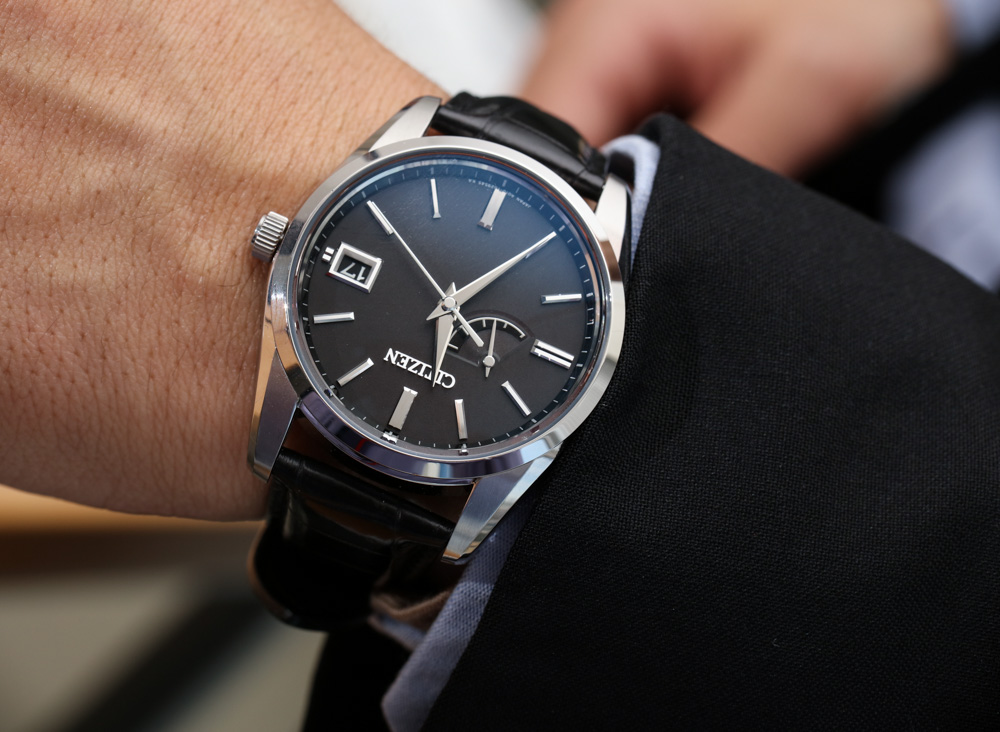
When it comes to Japanese watches, I think we’ve gotten to the point where we take them for granted. It is both generational and social, but while we “aspire” to own expensive and difficult to acquire European watches, we sort of take Japanese watches for granted. This and many other topics were open for conversation with the people at Citizen who decided to ask myself and a very small group to visit just a few of their dozen or so factories in Japan. For a company with almost 20,000 employees, they’ve been remarkably quiet about what happens at home in Japan for as long as I’ve been writing and reporting about the watch industry.


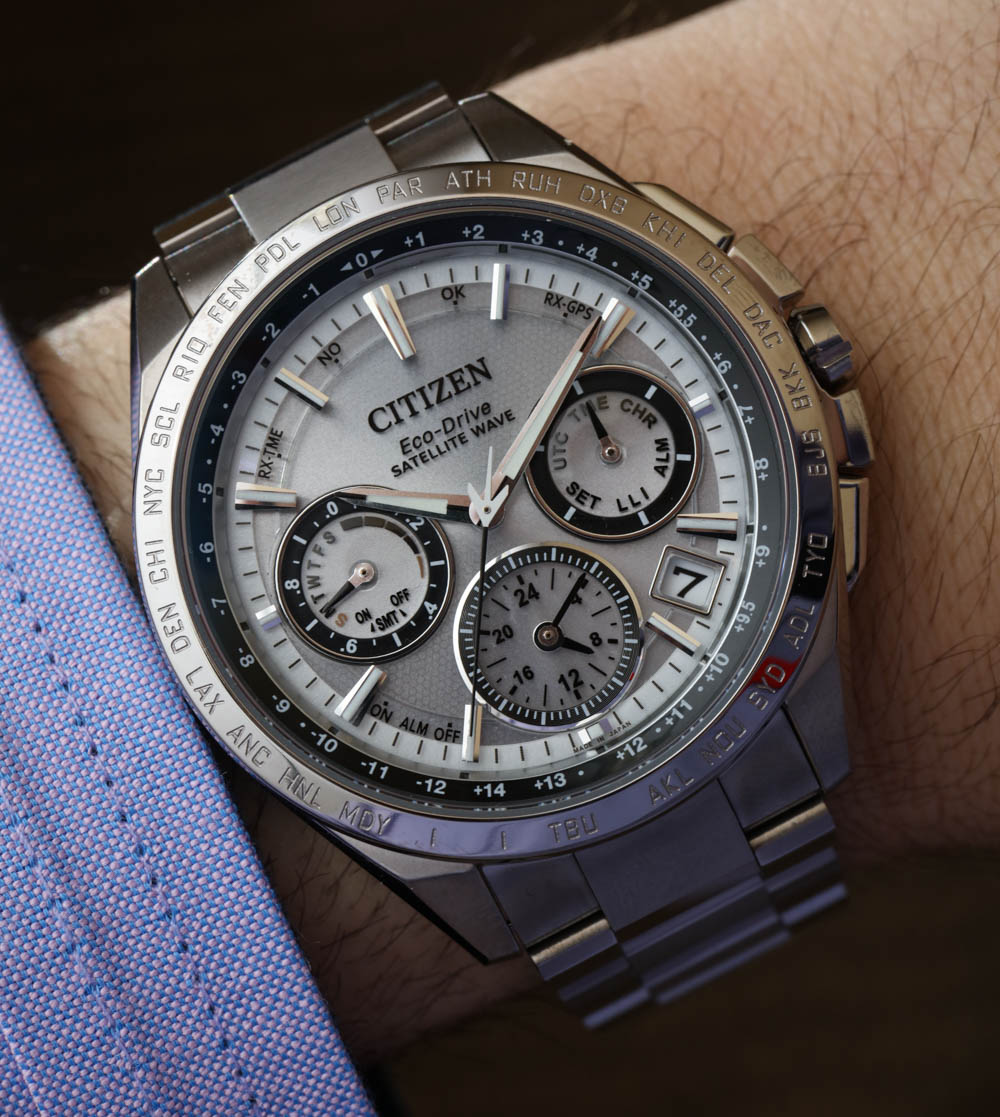
I didn’t realize it until this most recent trip to Japan, but I really do think we take Japanese watches for granted, which explains the all-to-common sentiment of “I wouldn’t pay that much for a Japanese watch.” In that simple statement is a universe of meaning that only now are the Japanese beginning to understand as they recognize that we as a society are entering a new era of watch consumption. Japan’s watch industry is set up to produce and sell a broad hierarchy of watches to people who need to know the time and who can afford varying degrees of quality. Watches are first and foremost meant to be reliable and functional, and after that are meant to reward the owner with additional bonuses like an attractive dial, comfortable bracelet, finely finished case, and all sorts of convenient extra features.
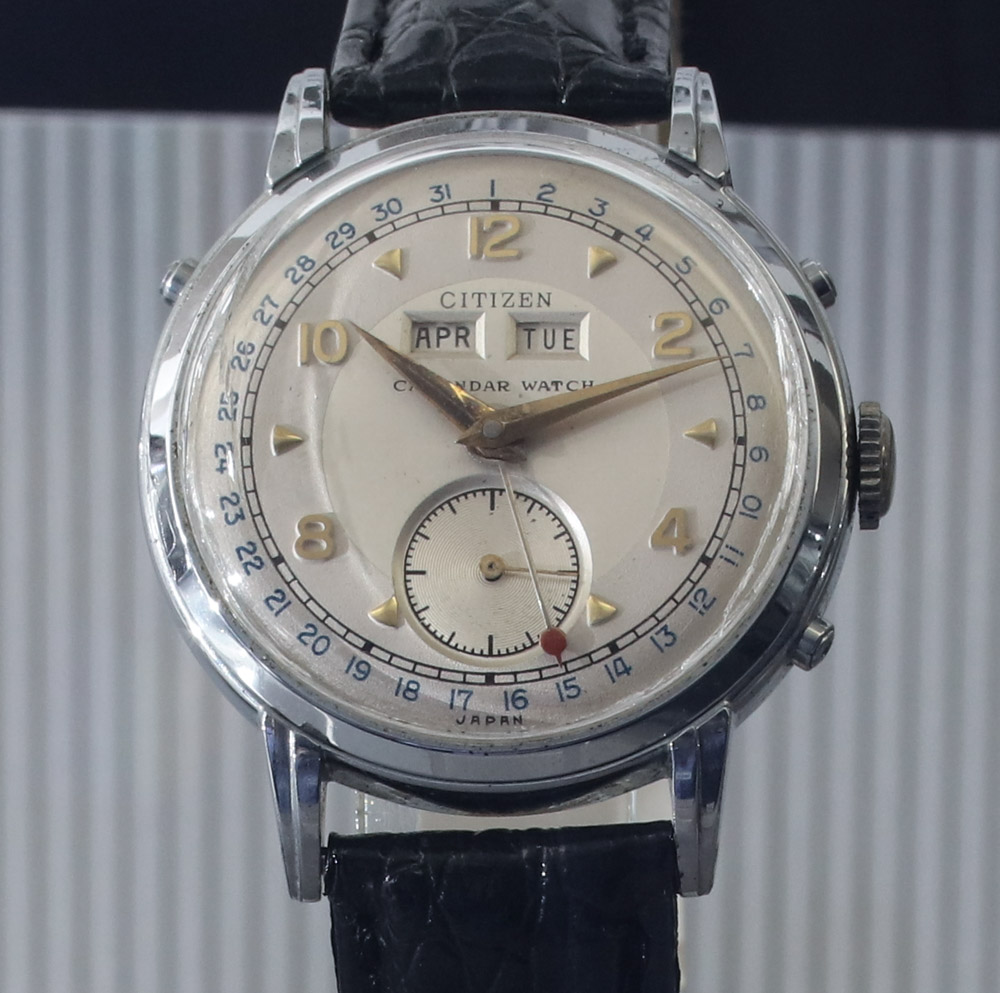
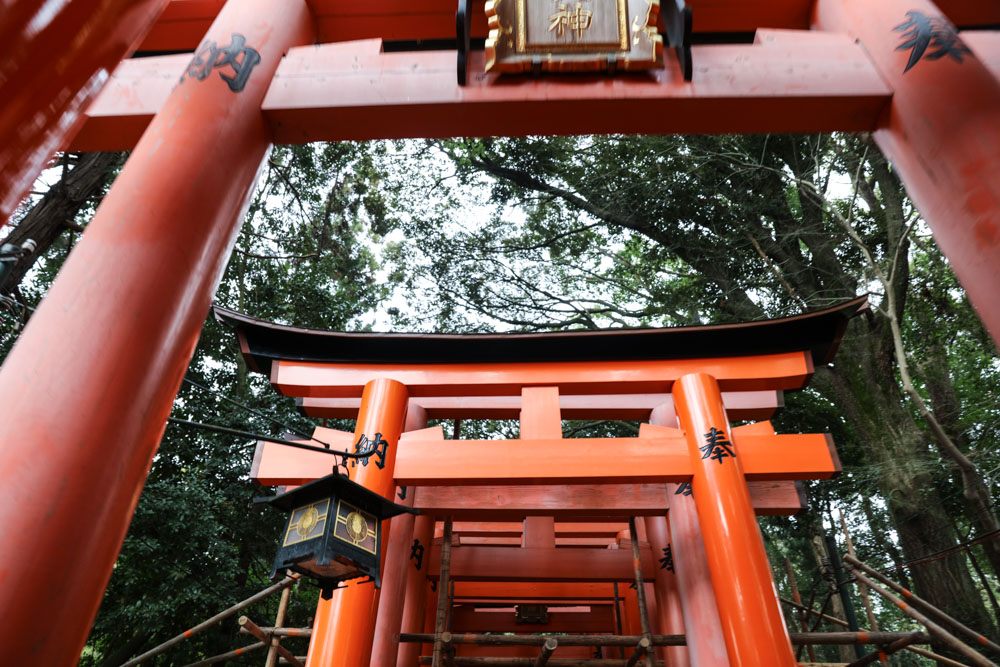

The mentality of the typical Japanese watch is that it should be something that lasts a long time and that you don’t need to worry about. You replace your watch when it either breaks or you enter a new station in life and are allowed to upgrade your belongings. This was and perhaps still is a natural part of Japanese career culture where seniority is valued, and with time, people step up the ladder. Thus, an interesting relationship between Japanese consumer culture and their domestic watches developed because the two needed each other. Japan especially needs watches as so much of the society relies on trains and mass transit to get around. An accurate, reliable watch means you’ll be on time more often (ideally).
When Japan began to compete with the global watch market other, their products quickly became successful because of (in my opinion) the culture’s voracity for efficiency, performance, and human ergonomics. The fiercely competitive consumer culture in Japan is made more interesting by the fact that Japanese consumers are typically very highly educated about the products they are buying. The sheer availability of goods in Japan means that consumers need to research what to buy before they buy it, and this goes for watches too. This environment would seem to offer the perfect blend of values for the formulation of good watches.
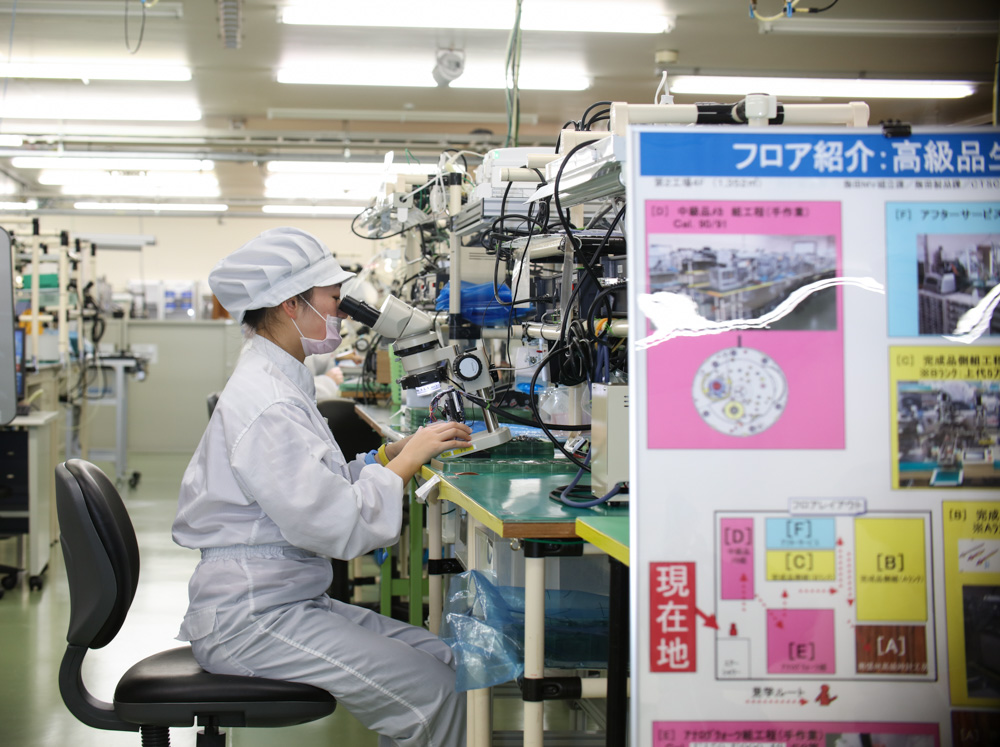
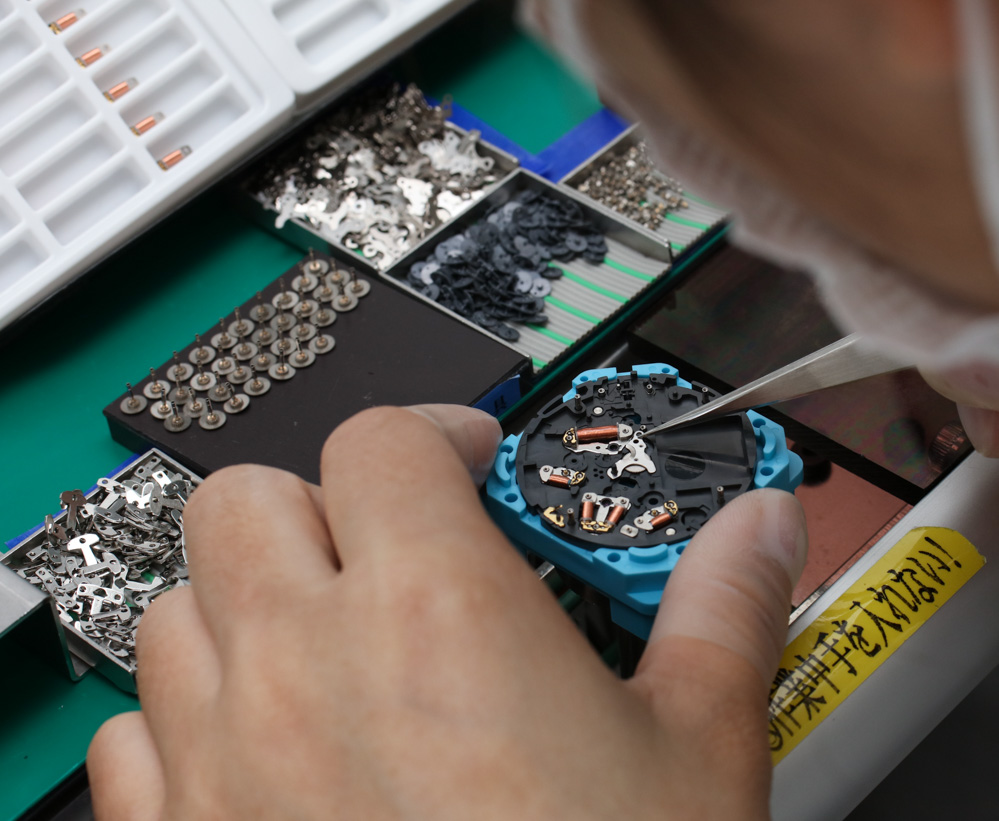
So when Japanese watches began to hit the international market decades ago, they quickly began to eclipse both the American and European watch markets because they simply produced more consumer-focused desirable products. Fast forward to today, and most people haven’t really thought about these concepts in a while. The values of Japanese consumer products have bled into competing nations who offer their own twist on the Japanese business formula, but the Japanese still do it best. Whether or not most people think about it, they do consider Japanese products to be premium – if not luxury in their positioning. For the most part, we can thank Japanese high-end car makers for that.
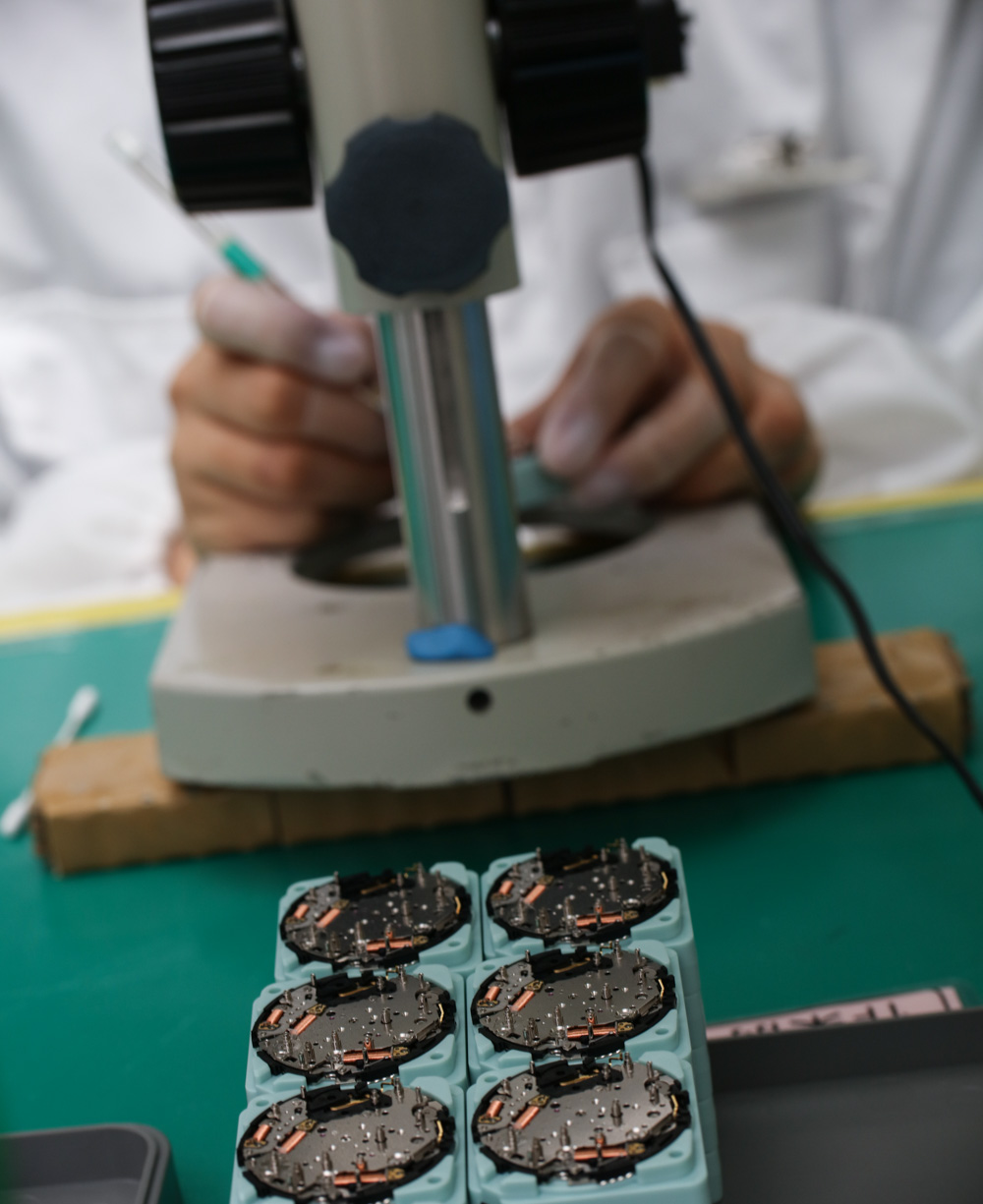
Despite the perception that quartz watches are cheap to produce, the better ones involve a lot of hand-assembly and testing, just like a mechanical movement.
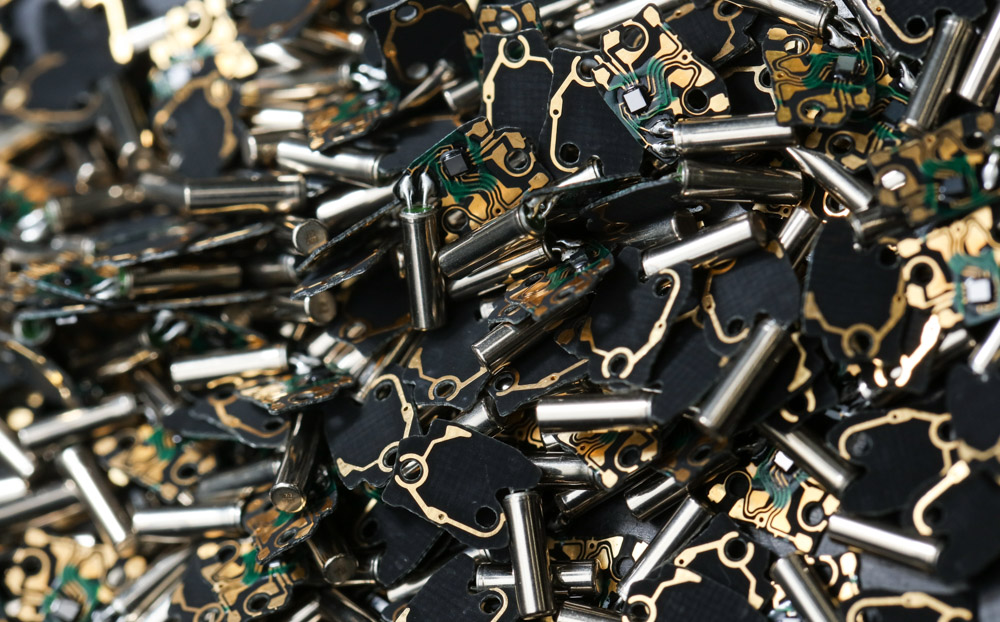
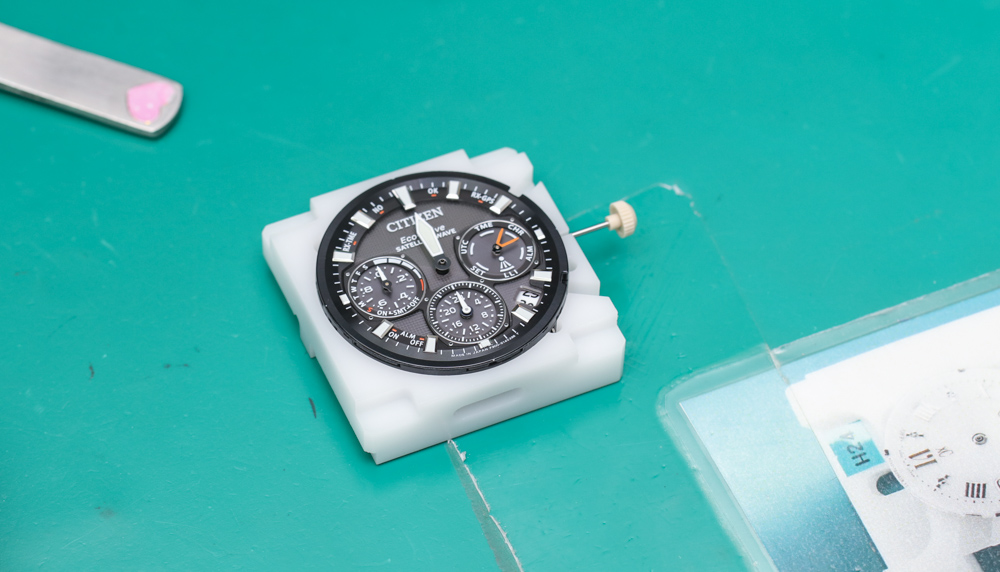
I am pretty sure I know why we take Japanese watches for granted, and that is because so many of us grew up with them. It was thus not until we were older that we sought new timepiece experiences and became fascinated with the more sophisticated lifestyle marketing of the European luxury brands. My first watch was Japanese, and I wore Japanese watches exclusively for the first 20 or so years of my life. When I was 18, I bought by first analog watch which was a Citizen Eco-Drive Promaster with a metallic red dial (that I’ve since never seen anywhere else), and since then, I’ve acquired at least a dozen Citizen watches. How, then, could I see such products as exotic or difficult to acquire prizes?
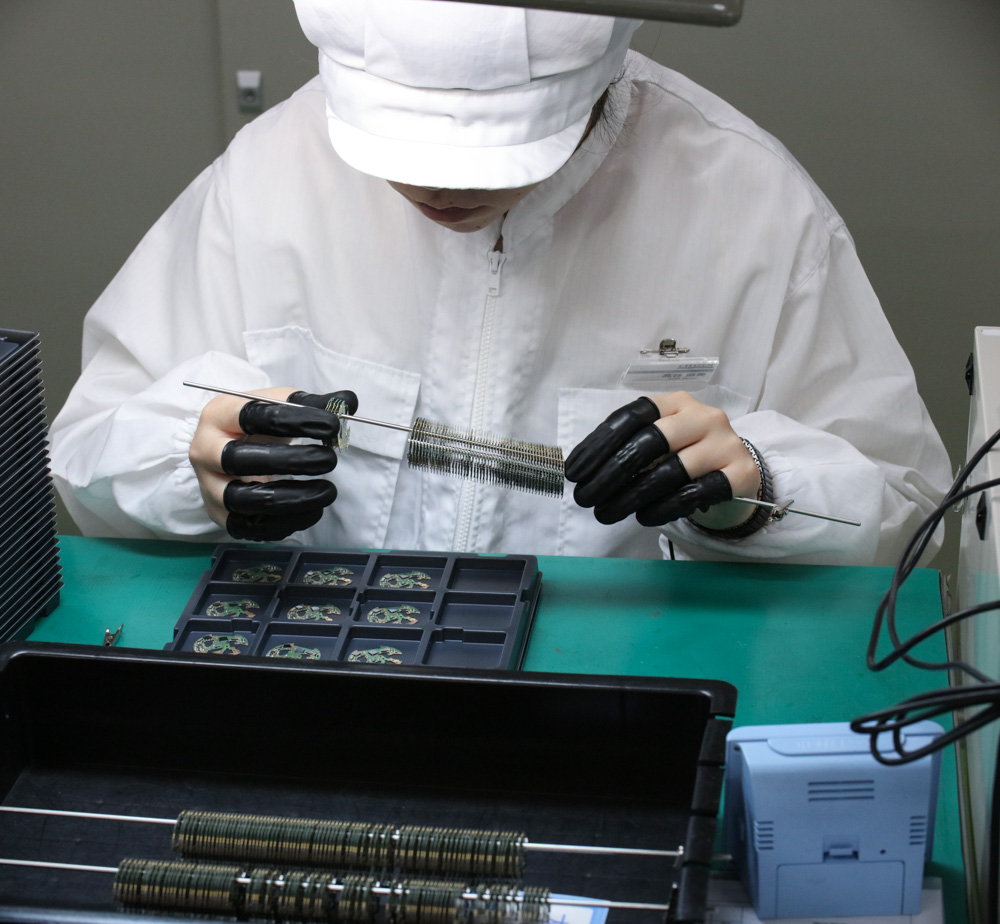
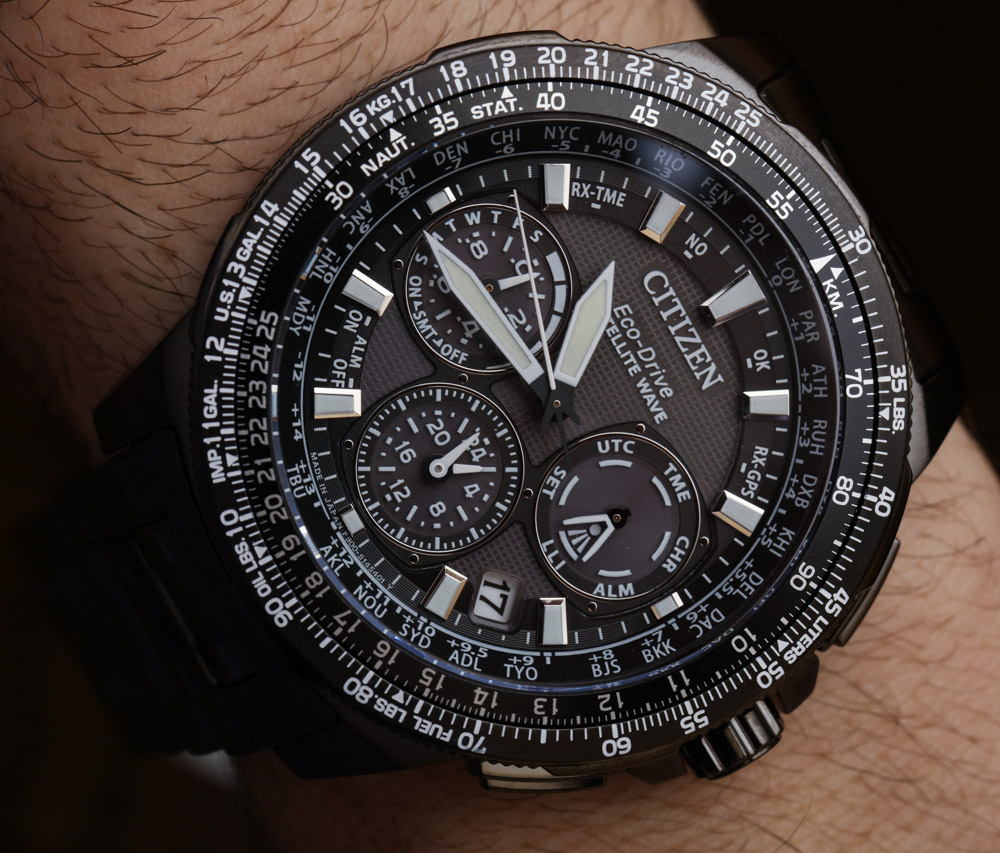
Japan won the battle for making the world’s most consumer-friendly watches years ago. They won so thoroughly that most of us don’t even remember that there was ever a battle. Today, Japan still produces some of the best watches in the world, and yet none but the most dedicated of watch lovers will be able to tell you that. Are they better or worse that Swiss watches? That isn’t a fair comparison because the two nations have very different ideas about what makes a good watch. The way I see it, when you buy a Swiss watch you are buying a beautiful machine. When you buy a Japanese watch you are buying a beautiful gadget. I’ll let you think about what the difference is, as it is subtle but important.

